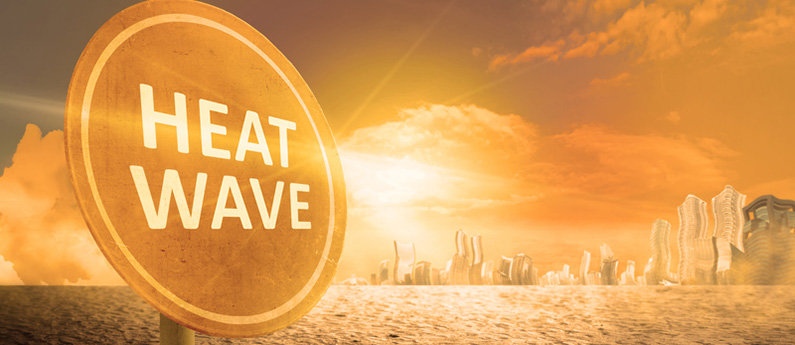The heat is on! A significant heat wave, with record-setting temps in the 90s and 100s, has covered much of the U.S. since the second week of July, with Northeastern cities like Boston, New York, Philadelphia, Baltimore and Washington D.C. under excessive heat warnings.
Aside from being uncomfortable for the daily lives of humans, hot weather has an impact on insect activity. The life cycle of certain insects speeds up dramatically when the temperature climbs and can bring exponential growth in bug populations.
Since insects are cold-blooded, their body temperature changes based on the external temperature. When the weather is warm, they become more active. The hot and dry weather causes insects to seek out moisture and cooler places to hang out -- like your home.
Flies
 Nuisance and filth flies like the common housefly will multiply more quickly in hot weather.
Nuisance and filth flies like the common housefly will multiply more quickly in hot weather.
Under normal conditions, housefly eggs take around 20 hours to hatch into larvae (maggots). But when the temperature hits 99 degrees Fahrenheit, those eggs can hatch in less than 8 hours. And the eggs can mature from larvae to pupae to adult flies in as little as four days in extremely hot weather.
Keep in mind that although the average lifespan of a housefly is 21 days, each female can lay up to 900 eggs during this short time.
The key to breaking this rapid life cycle is either a disposable fly trap or a high-capacity reusable fly trap like the POP! Fly Trap.
It's also important to control fly breeding sites by picking up animal waste and keeping garbage cans cleaned out, with tight-fitting lids.
Wasps, hornets & yellowjackets
 Extreme heat makes yellowjackets, wasps and hornets more desperate for moisture -- which makes them more aggressive and more likely to sting.
Extreme heat makes yellowjackets, wasps and hornets more desperate for moisture -- which makes them more aggressive and more likely to sting.
Those stinging insects with the largest nests, yellowjackets, especially thrive and multiply in hot and dry weather. In extreme heat (over 90 degrees Fahrenheit) it only takes one week for yellowjacket nests to double in size. A nest that has 100 yellowjackets in late July could grow to several thousand yellowjackets by the end of August if the weather stays above 90.
The key to breaking this exponential life cycle of wasps, hornets and yellowjackets is a reusable yellowjacket trap, a disposable yellowjacket trap, or the W·H·Y® Trap for Wasps, Hornets & Yellowjackets.
Mosquitoes
 Mosquitoes are more active in temperatures above 80 degrees. It can, however, get too hot and dry for mosquitoes.
Mosquitoes are more active in temperatures above 80 degrees. It can, however, get too hot and dry for mosquitoes.
Heat can lead to a rise in mosquito populations early on -- causing them to spawn at once. But extreme heat with no humidity can cause them to dry out and die. Long-lasting heat waves can dry up shallow bodies of water and, consequently, deprive mosquitoes of breeding grounds.
So if it does get too hot and too dry, mosquitoes will not be as active and feeding as they usually are. But once the temperature drops and gets back within the tolerable range for mosquitoes, they will be more likely to bite. Those mosquitoes infected with a disease, such as West Nile virus, will be feeding more frequently, which will increase the chances of an outbreak.
When mosquitoes abound, the best way to protect yourself is a long-lasting, all-natural essential oil repellent wearable like the GoClip®.
Find RESCUE! Fly Traps, Yellowjacket Traps and Mosquito Repellents near you


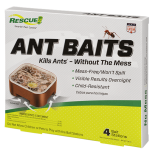 Ant Baits
Ant Baits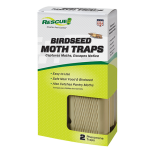 Birdseed Moth Trap
Birdseed Moth Trap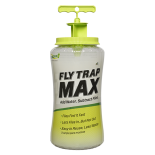 Fly Trap Max
Fly Trap Max Fly Trap, Big Bag
Fly Trap, Big Bag 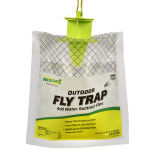 Fly Trap, Disposable
Fly Trap, Disposable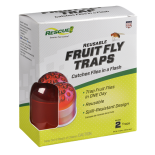 Fly Trap, Fruit Fly
Fly Trap, Fruit Fly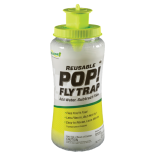 Fly Trap, POP! Fly
Fly Trap, POP! Fly 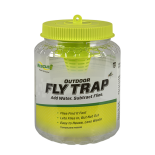 Fly Trap, Reusable
Fly Trap, Reusable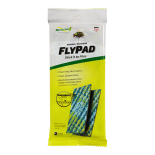 FlyPad
FlyPad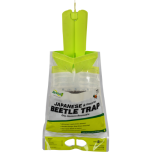 Japanese & Oriental Beetle Trap
Japanese & Oriental Beetle Trap Spider Trap
Spider Trap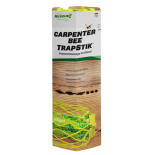 TrapStik, Carpenter Bee
TrapStik, Carpenter Bee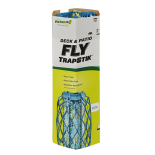 TrapStik, Deck & Patio Fly
TrapStik, Deck & Patio Fly 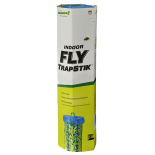 TrapStik, Indoor Fly
TrapStik, Indoor Fly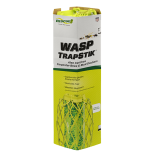 TrapStik, Wasp
TrapStik, Wasp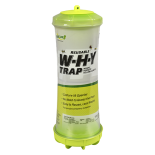 W·H·Y Trap for Wasps, Hornets & Yellowjackets
W·H·Y Trap for Wasps, Hornets & Yellowjackets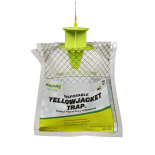 Yellowjacket Trap, Disposable
Yellowjacket Trap, Disposable 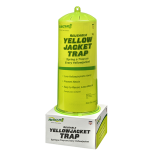 Yellowjacket Trap, Reusable
Yellowjacket Trap, Reusable 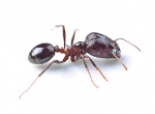 Ants
Ants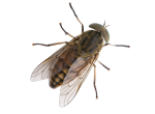 Biting Flies
Biting Flies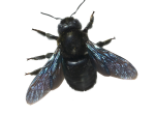 Carpenter Bees
Carpenter Bees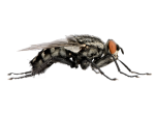 Flies
Flies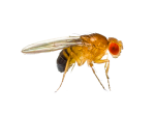 Fruit Flies
Fruit Flies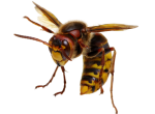 Hornets
Hornets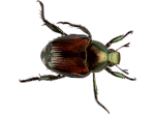 Japanese Beetles
Japanese Beetles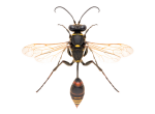 Mud Daubers
Mud Daubers Oriental Beetles
Oriental Beetles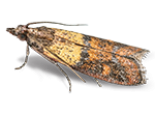 Birdseed & Pantry Moths
Birdseed & Pantry Moths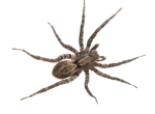 Spiders
Spiders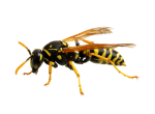 Wasps
Wasps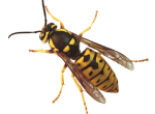 Yellowjackets
Yellowjackets